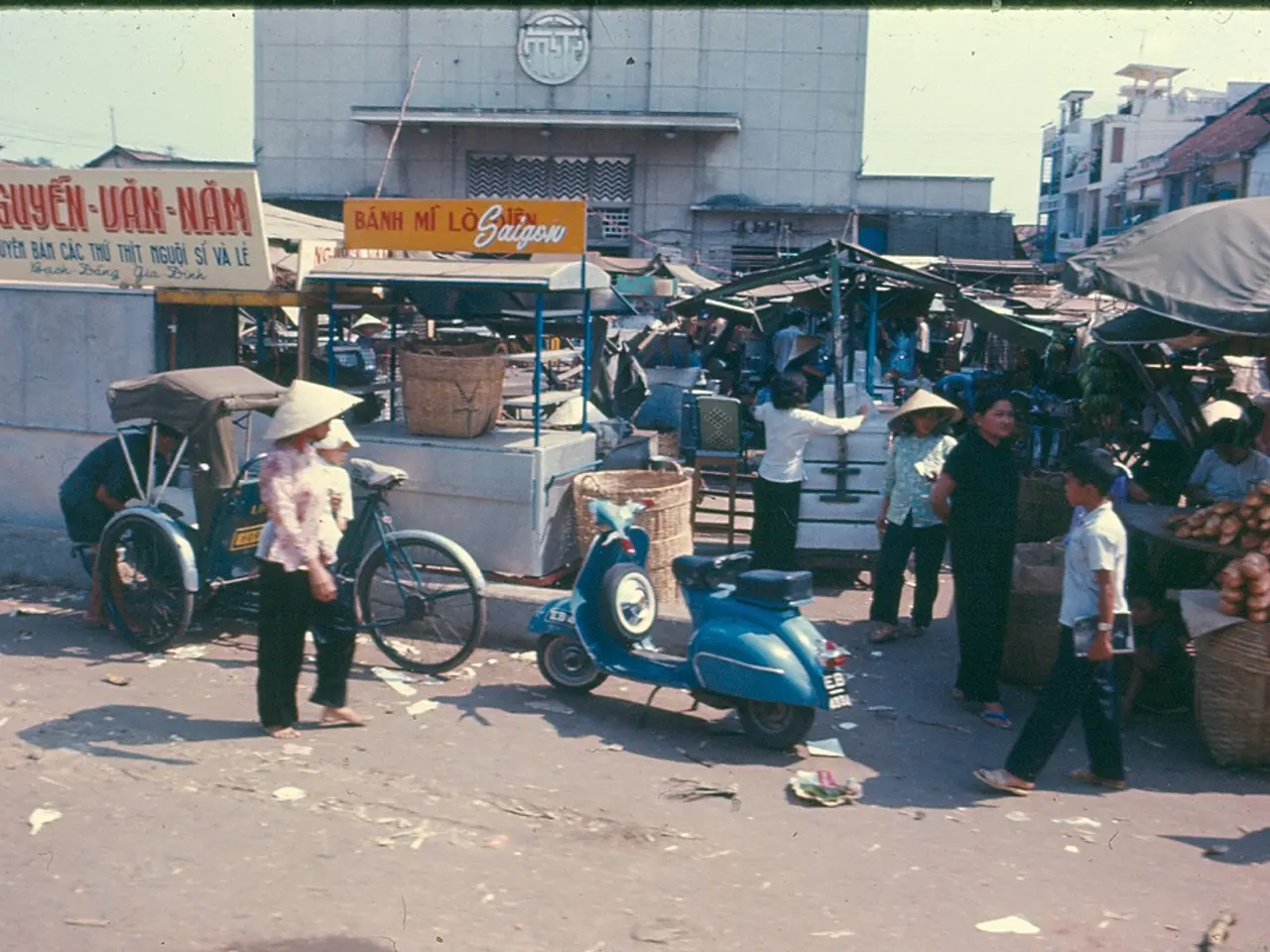Innovative Construction and Infrastructure in Berlin: Pioneering Ideas for Structures, Water Management, and Urban Transportation
In the heart of Germany, Berlin is making waves as a hub for sustainable innovation. The city's latest venture, the Real Labs initiative, is a testament to this ambition.
The initiative, spearheaded by Senator for Economics Franziska Giffey, aims to promote "Innovations Made in Berlin" that span from idea to application, contributing directly to more sustainability and quality of life. The Real Labs approach brings together interdisciplinary learning, science, business, and society, and tests solutions in real-world environments.
One of the most intriguing projects under this initiative is "U-Space Berlin," which focuses on urban last-mile logistics using drones for transporting critical goods like medication and food. The Real-Lab for developing urban last-mile drone logistics involves multiple stakeholders, including government agencies, research institutions such as the German Aerospace Center (DLR), Berlin's Senate Department for the Environment, Transport and Climate Protection, and industry partners specialized in drone technology and urban mobility.
The TU Berlin plays a significant role in this innovation process. As consortium coordinator in B(e)Ware, partner in IWIQ, and U-Space Berlin, the university acts as a central interface for applied research in the capital. Through its StadtManufaktur platform, TU Berlin networks scientists with partners from politics, business, and society, aiming to be a central interface for applied research in the capital.
Another fascinating Real Lab project is "IWIQ - Reducing drinking water consumption by up to 60 percent." The goal is to develop innovative solutions for water conservation, a critical issue in urban environments.
The competition that led to the selection of these projects underscores Berlin's claim to strengthen as a location for sustainable innovation. One of the most well-known Real Labs in Berlin is the project "Radbahn" under the U1 viaduct, where a type-independent landing pad, similar to a parcel station, is being developed. The project is being tested in the Tempelhof-Schöneberg district, with citizens involved in determining flight routes and assessing noise pollution.
In the coming years, it will be seen how economically viable these concepts are and whether new markets can be developed from them. The future of the city, it seems, is being tested in practice, right here in Berlin's Real Labs.
Read also:
- Peptide YY (PYY): Exploring its Role in Appetite Suppression, Intestinal Health, and Cognitive Links
- Toddler Health: Rotavirus Signs, Origins, and Potential Complications
- Digestive issues and heart discomfort: Root causes and associated health conditions
- House Infernos: Deadly Hazards Surpassing the Flames








